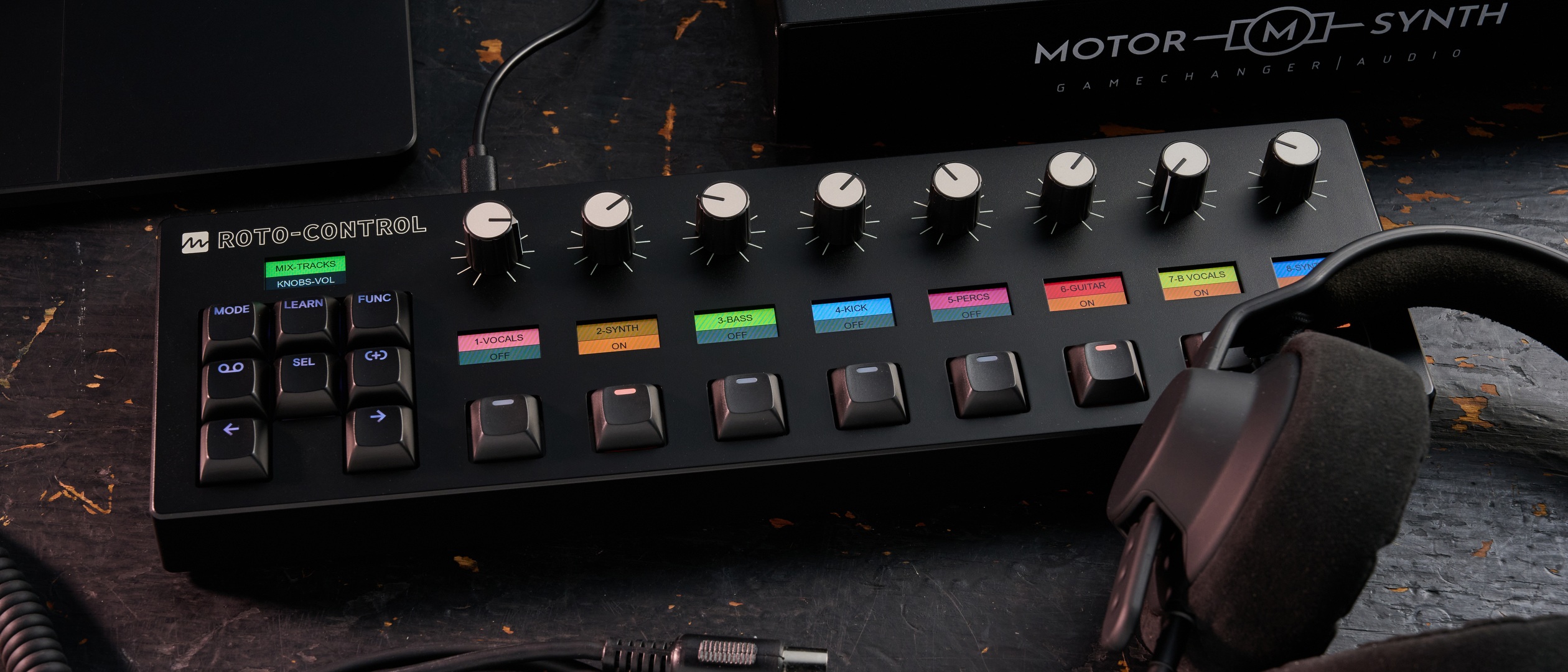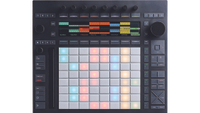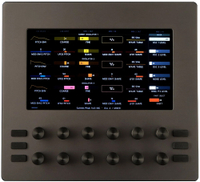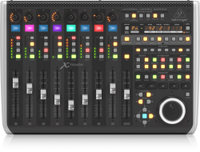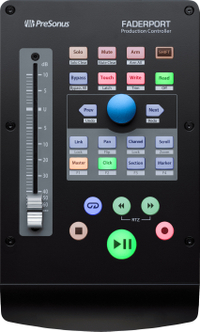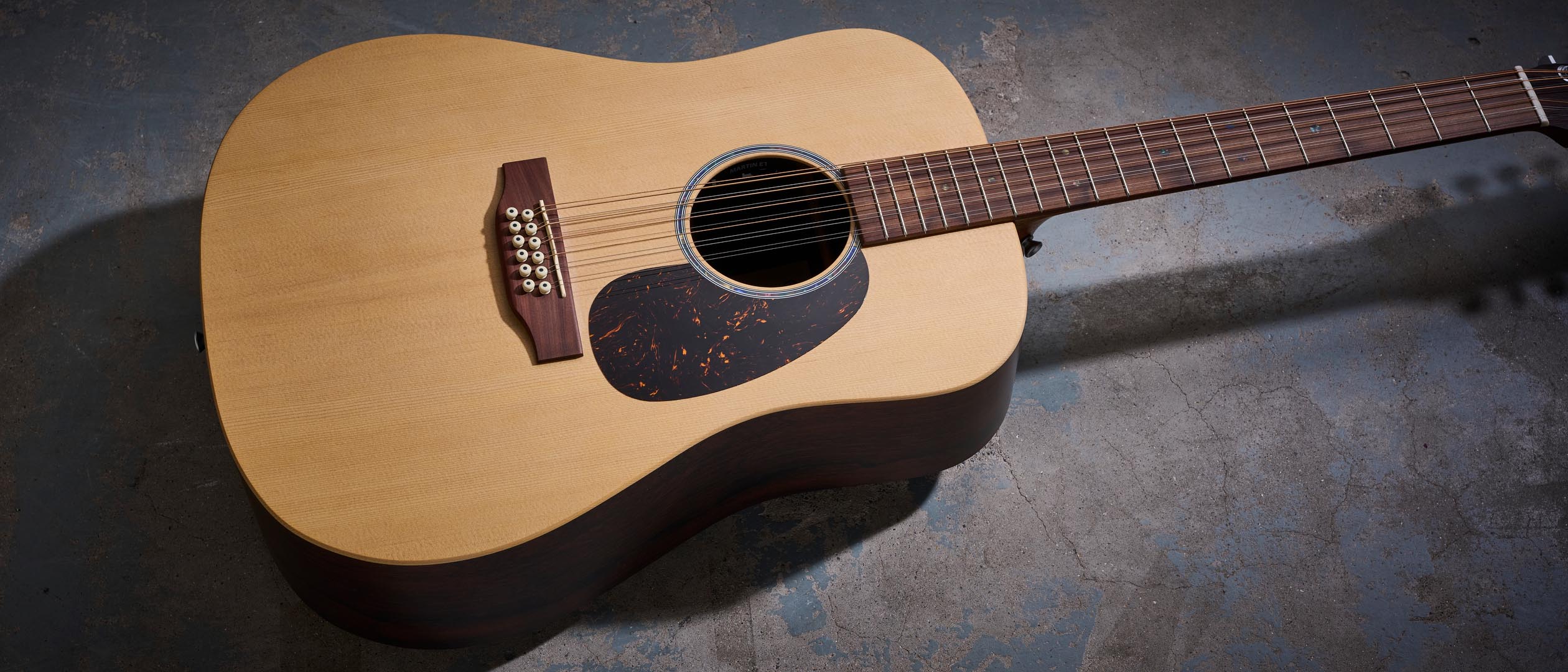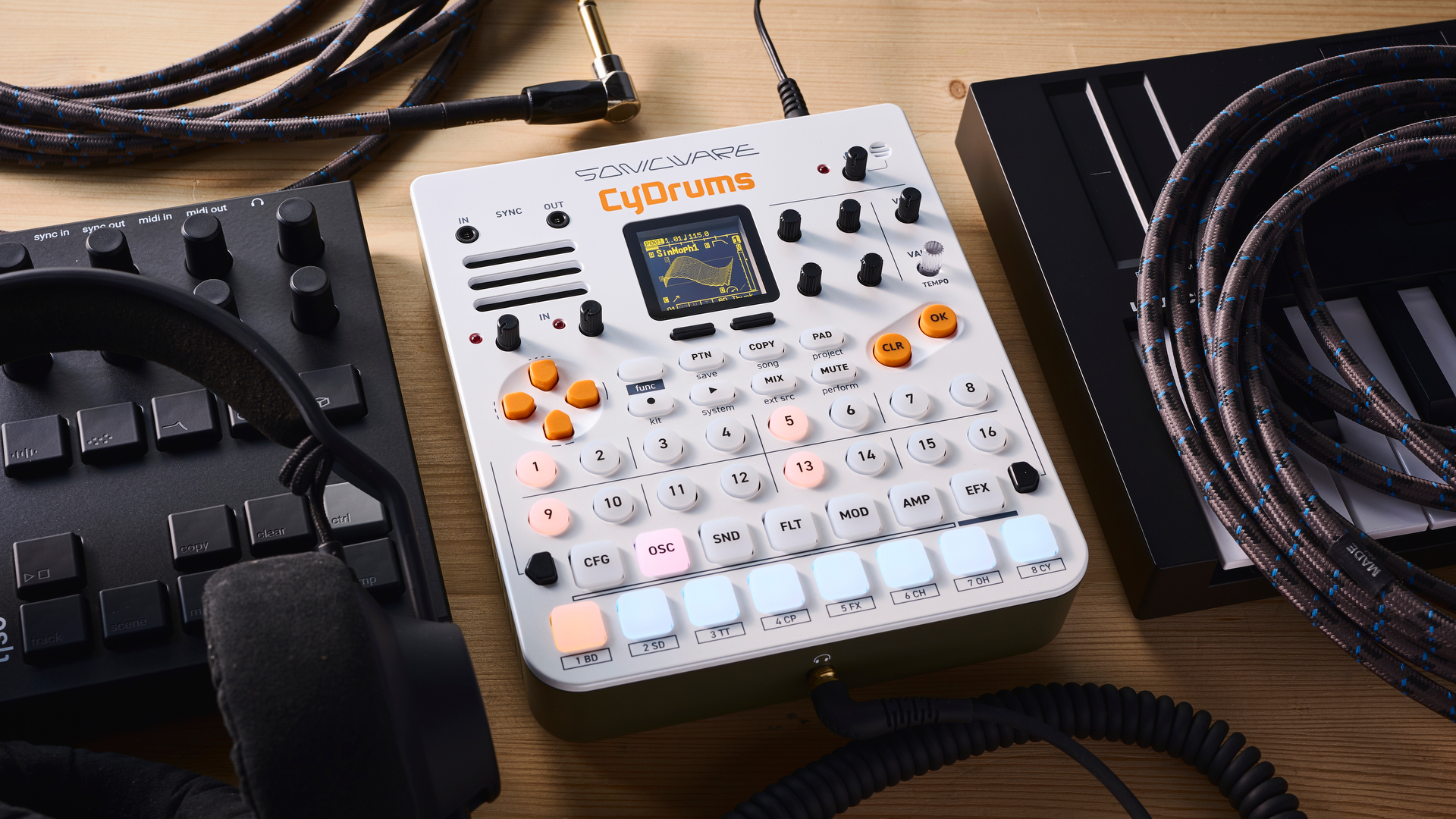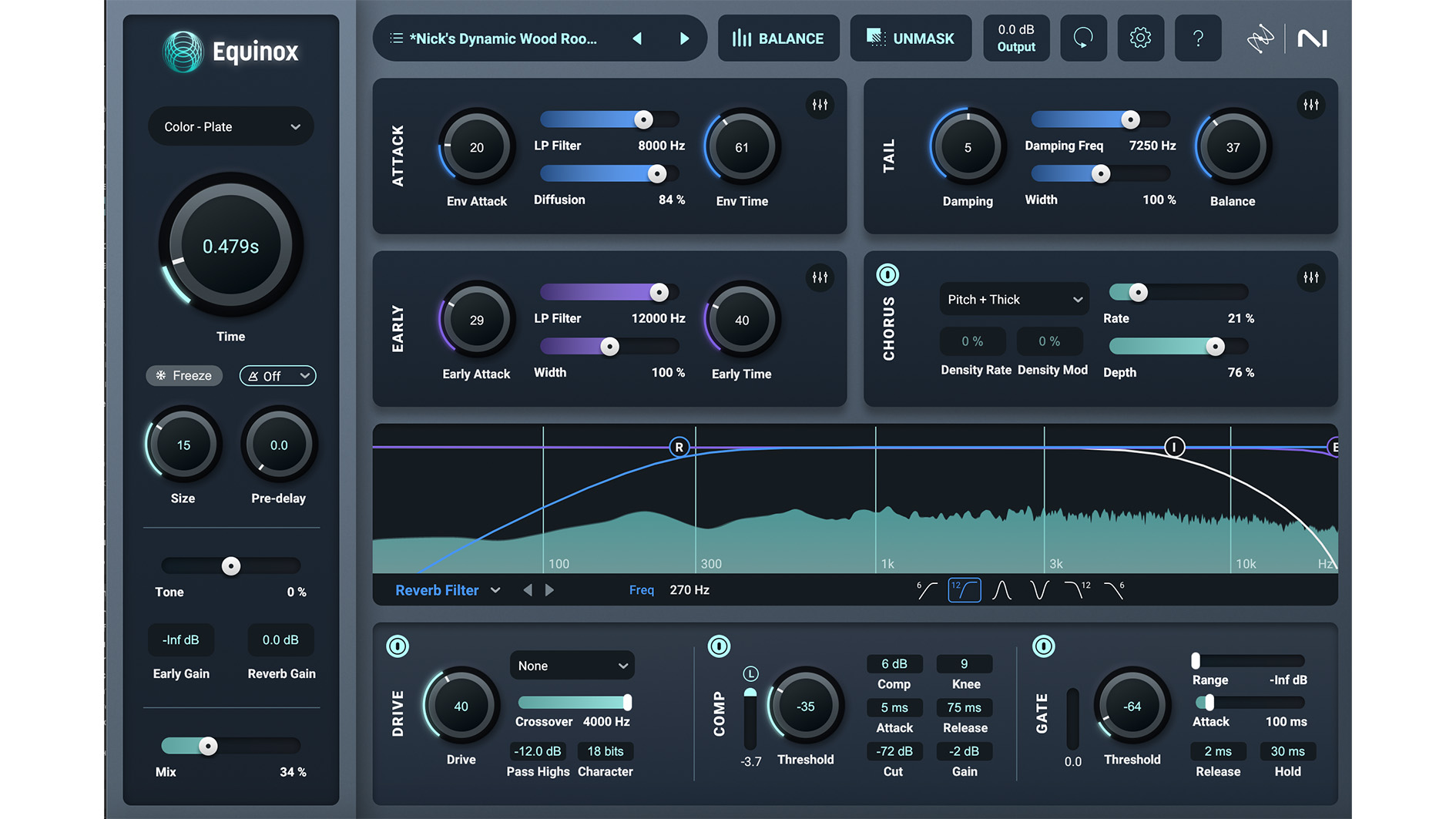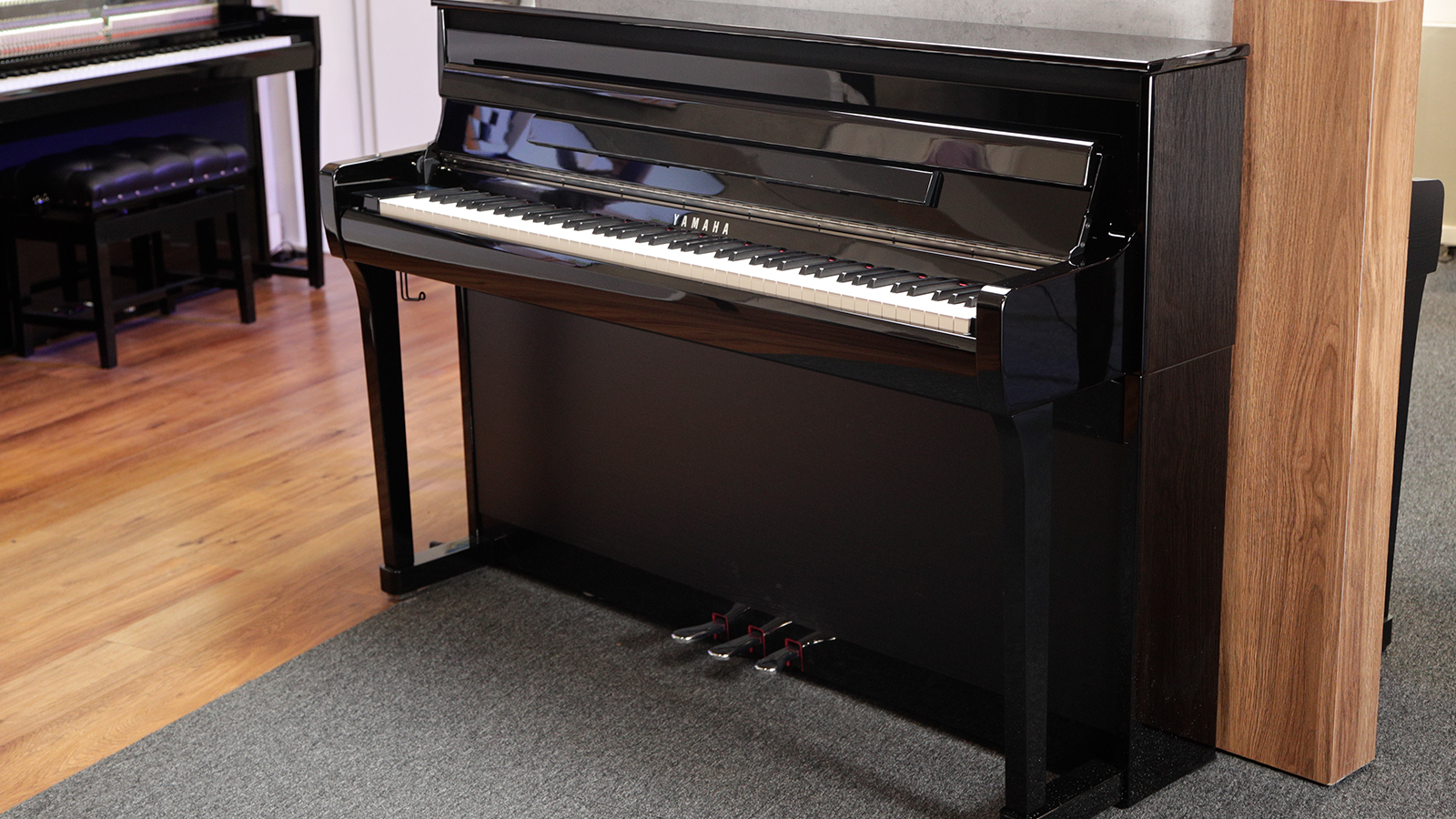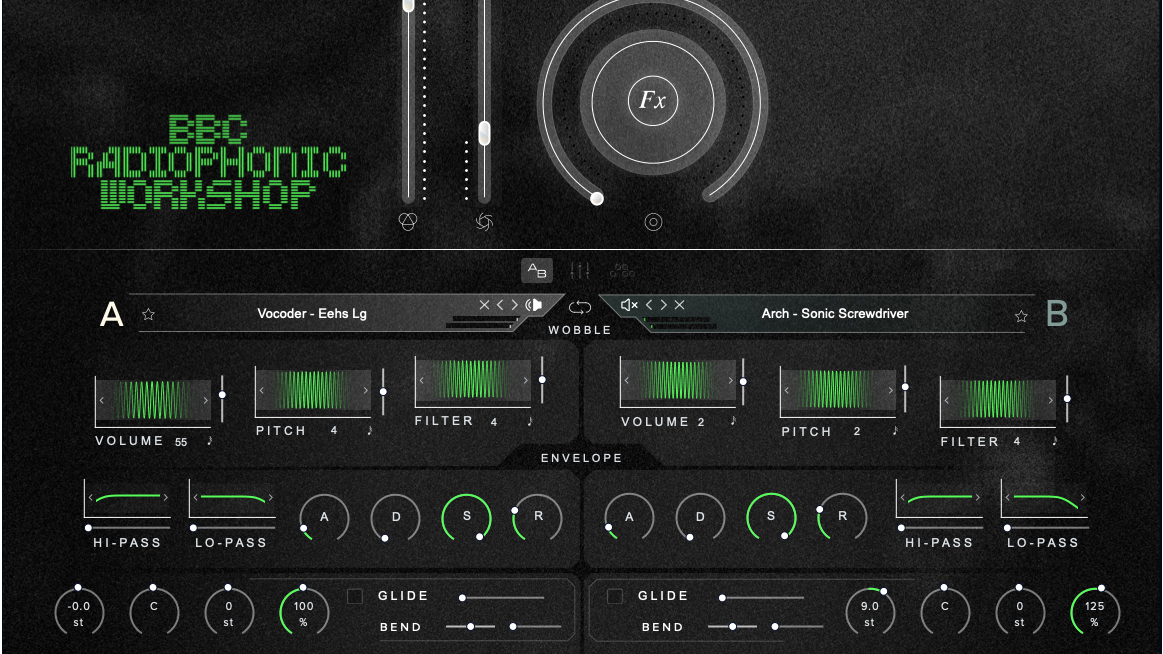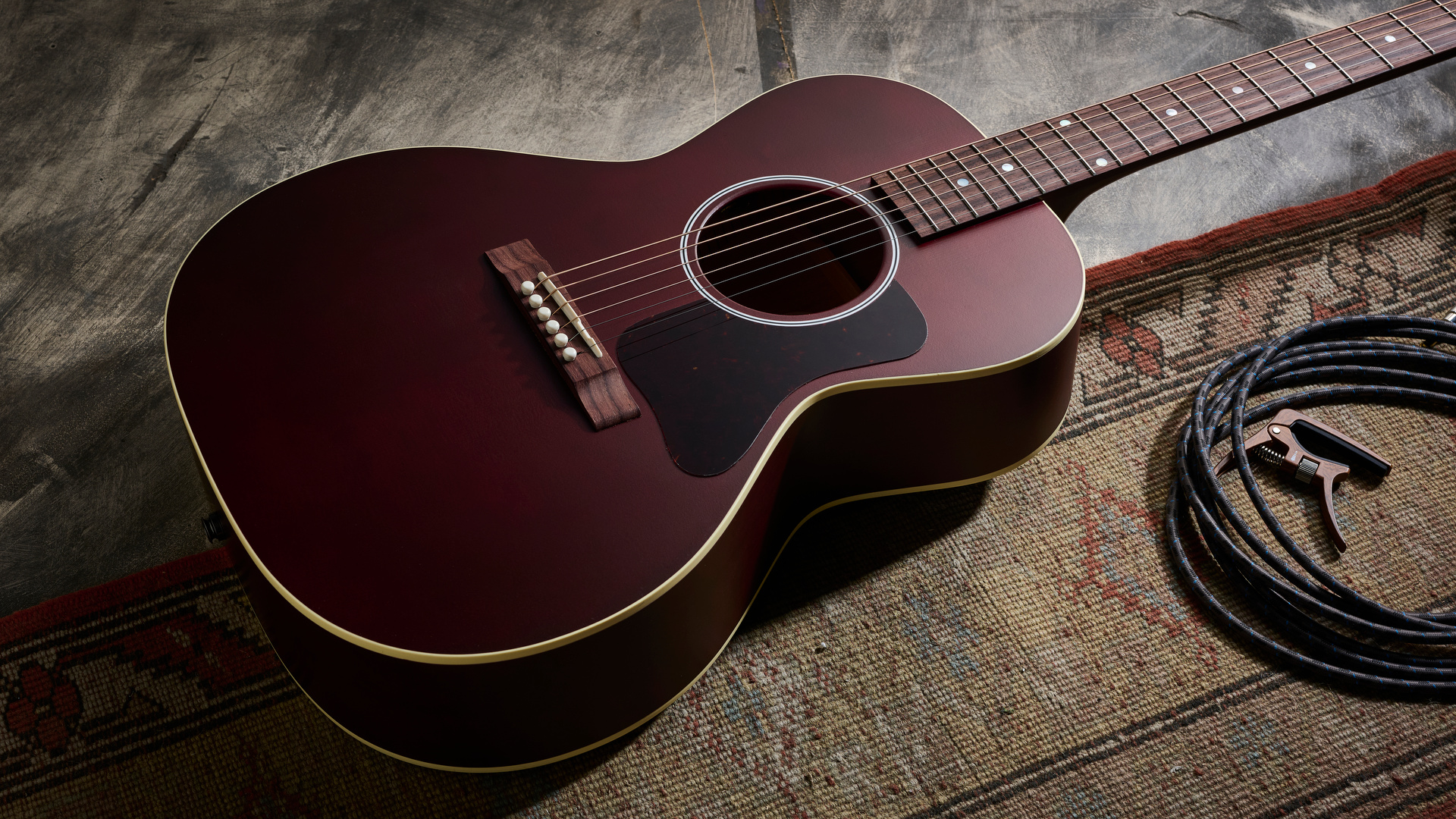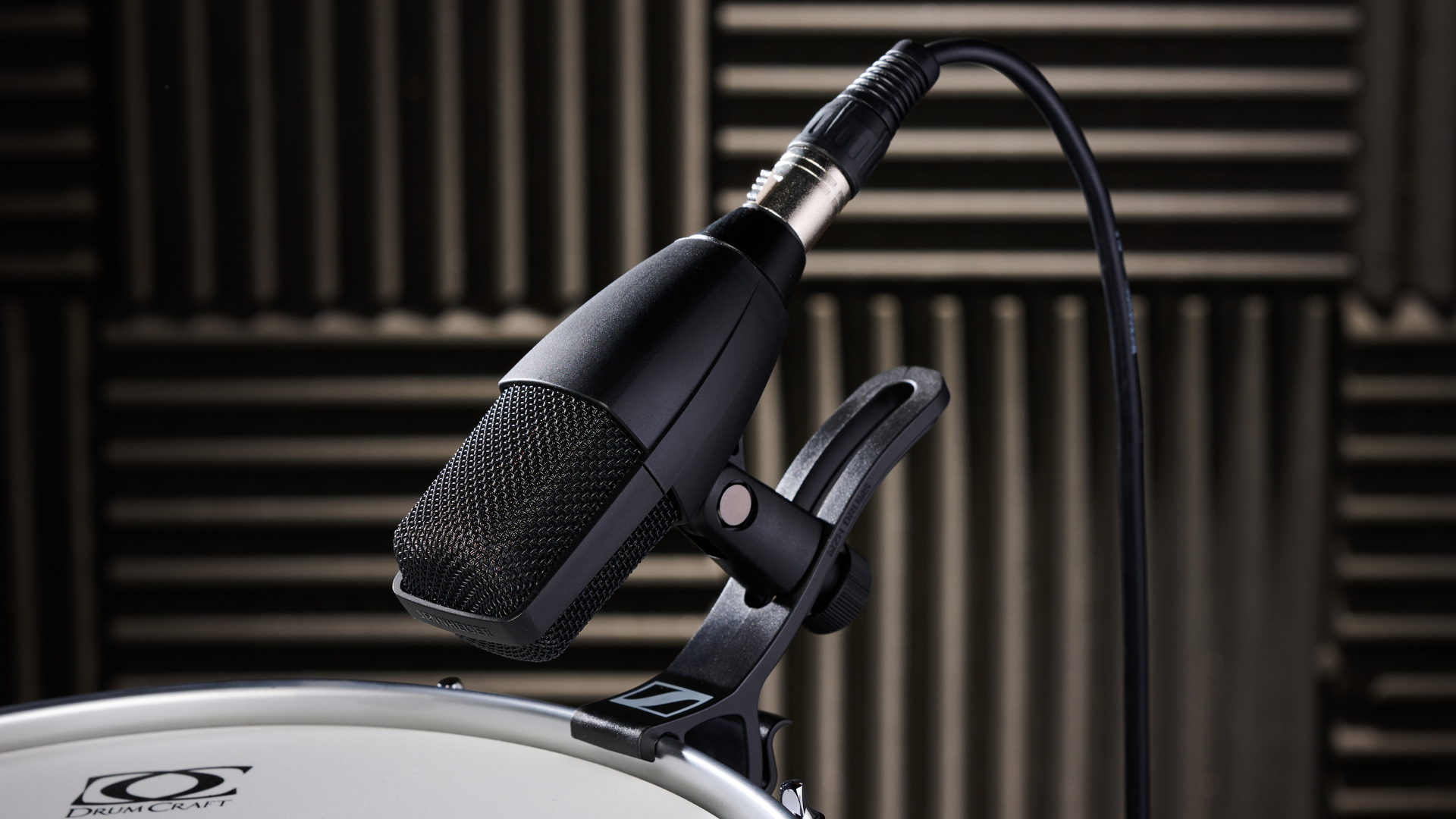MusicRadar Verdict
Roto-Control is a sleek, compact, and mostly wonderful Ableton Live controller which, while not the only controller you will ever use, is one of the best for DAW workflow and shows enough promise to become the one to rule them all.
Pros
- +
Solid feel and great form factor.
- +
Haptic editing is a bonus.
- +
Lovely screens and easy setup.
Cons
- -
Currently Ableton Live-centric.
- -
You might need an additional grid controller.
MusicRadar's got your back
What is it?
MIDI keyboard controllers have been promising the world since software music production became ‘a thing’ and its producers, rather stubbornly and obtusely, realised they wanted to revert to the feel of hardware.
Controller technology has gone through various phases and upgrades to deliver these promises. There have been big advances like Novation’s Automap, where compatible controllers instantly mapped to specific instruments and DAWs, and Native Instruments’ Komplete Kontrol, which has blurred the software and hardware music-making experience, so much so that computer (Komputer) screens are less of a requirement.
That all said, we’ve never really settled on one controller to recommend above others as each seems to have specific pluses and minuses. Melbourne Instruments’ Roto-Control could be ‘the one’ though, maintaining the big promises and claiming to be a “truly unique motorized MIDI though, unlike anything seen before”. We should “rethink software and hardware interactions,” MI says, and it might well be right. This diminutive desktop device combines ease of workflow – mostly within Ableton Live at this stage, it must be said – with a very cool and non-invasive aesthetic, all at a pretty decent price. Finally, some promises worth listening to then?

What is Roto-Control?
It’s a desktop controller that has Mix, Plugin and MIDI modes to control Live, its instruments, and a range of other software and hardware devices. There are eight motorised rotaries which give you access to eight switchable parameters at a time, and an internal storage that can recall 8,000 assignments.
Taken individually, Roto-Control’s main draws have been seen before. The motorised rotaries, which instantly recall settings when you dial up mix sessions or specific virtual instruments, aren’t entirely new in the world of MIDI, with Mackie, Icon, Nektar, and Behringer among others offering this style of instant recall, albeit usually via faders.
Similarly, while Roto-Control’s hi-res screens for each of its eight rotaries are amazing – in that they change colour and description according to the device or DAW channel you are controlling – again, screens like this are out there (hello Komplete Kontrol), and even early Automap devices could recall parameter names.
However, it’s the combination of these features alongside Roto-Control’s editable haptic response that could justify those claims. This feature can introduce a different feel as you rotate the dials, with stepped notches being introduced, or a resistance feeling centre-point used (for example) in panning. Add in a one-touch ‘Learn’ mode and RC’s cool form factor, and it could be the compact controller to marry to your laptop… if you are that Ableton Live user. Yes, it is set up to work out of the box with Live, but Melbourne Instruments has plans for DAW expansion, which we’ll come to later.
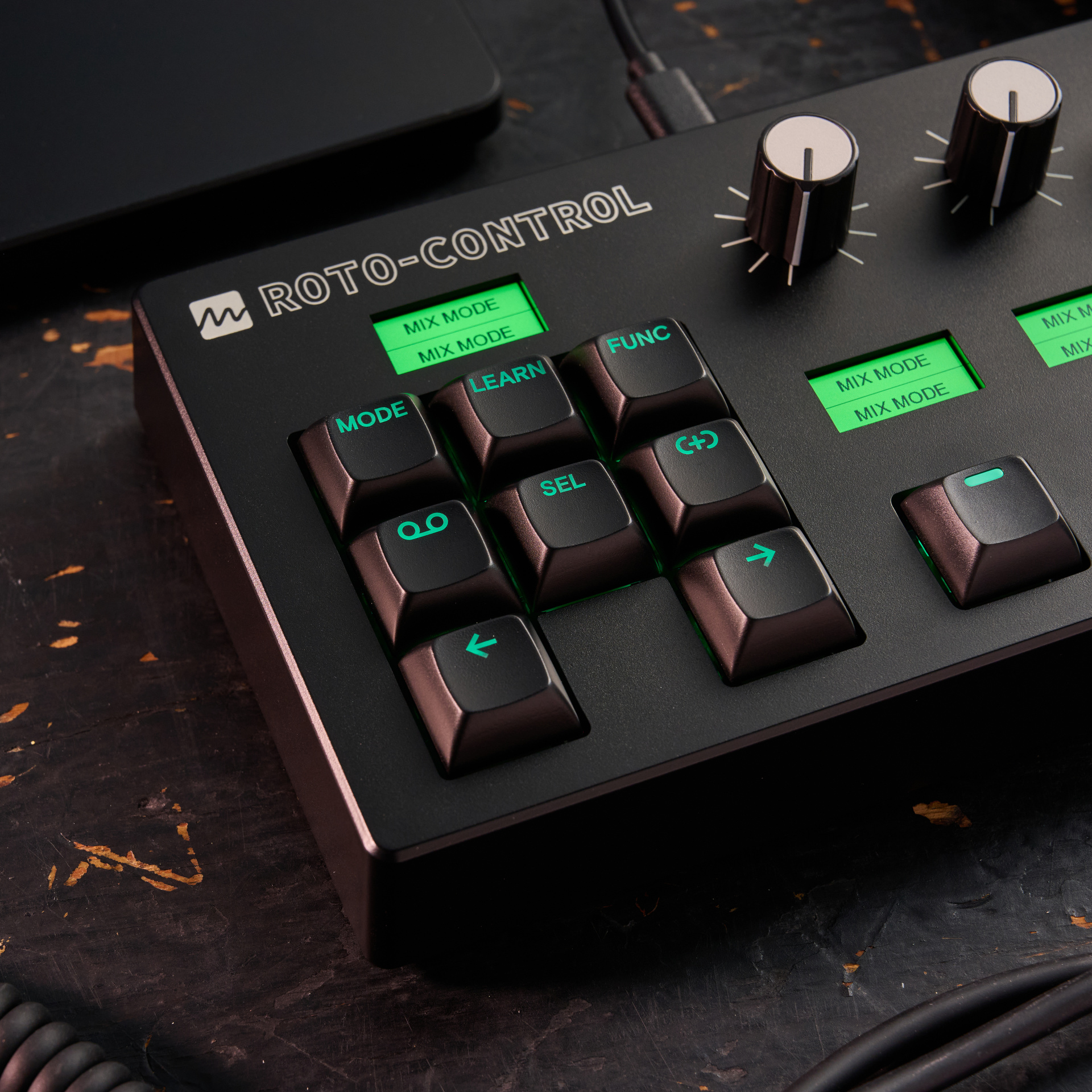
Pricing
- £379/$419
Roto-Control was announced during NAMM 2025 and quickly became one of the most talked-about announcements at the show.
At the time of writing this review, many stockists have Roto-Control listed as pre-order only, but more stock is only around a week away from becoming available. We have a feeling that this one will be quite popular, so you might want to get in there early to avoid disappointment.
Performance
Out of the box and Roto-Control is a solid unit; a metal chassis means enough weight – combined with rubber feet – to keep it in place on your desktop. It doesn’t take too much room up either – about the same width as our 15-inch test Mac laptop – and its rotary and classic-style punchy computer keys feel durable and responsive. You get a separate power supply (although it can be powered by USB), and a carry bag – a nice inclusion, although it’s not going to protect the unit if dropped.
You need to download the Mac/PC Roto-Control app (currently v1.1.3) which as well as setting the unit up, will auto-update its firmware. The app then tells you to “configure track names and colours in the active Ableton Live Set. Roto-Control will do the rest!”, so we duly did. It’s not quite as simple as that – you’ll have to set Live’s MIDI control surface as Roto-Control, and click the Track, Sync and Remote options.
You then select from Roto-Control’s three main modes. Hit the Mix mode (and we randomly had to hit the Function key) and your selected Live set automatically appears across the eight rotaries, complete with colours and track names plus the motorised volumes set on each rotary. Hit a dial to select a track, and turn it to control its level. Nice! If you have more than eight channels, simply hit the left or right cursor to set Roto-Control up with the next/previous eight.
The main Func button focuses on the highlighted channel, accessing volume, pan, and send levels, all controlled across the highlighted rotaries. Holding the Sel button lets you set the rotaries to control volume (default), pan, and send, or mute (default), solo or record arm individual or groups of track via the buttons. The transport button to the left of Sel lets you start, stop, punch in and out, loop, and more; hitting both arrow buttons accesses the return and main tracks. Just used on this level, controlling Live as a standard DAW quickly becomes a new experience and you’ll be working faster within its flow in no time.
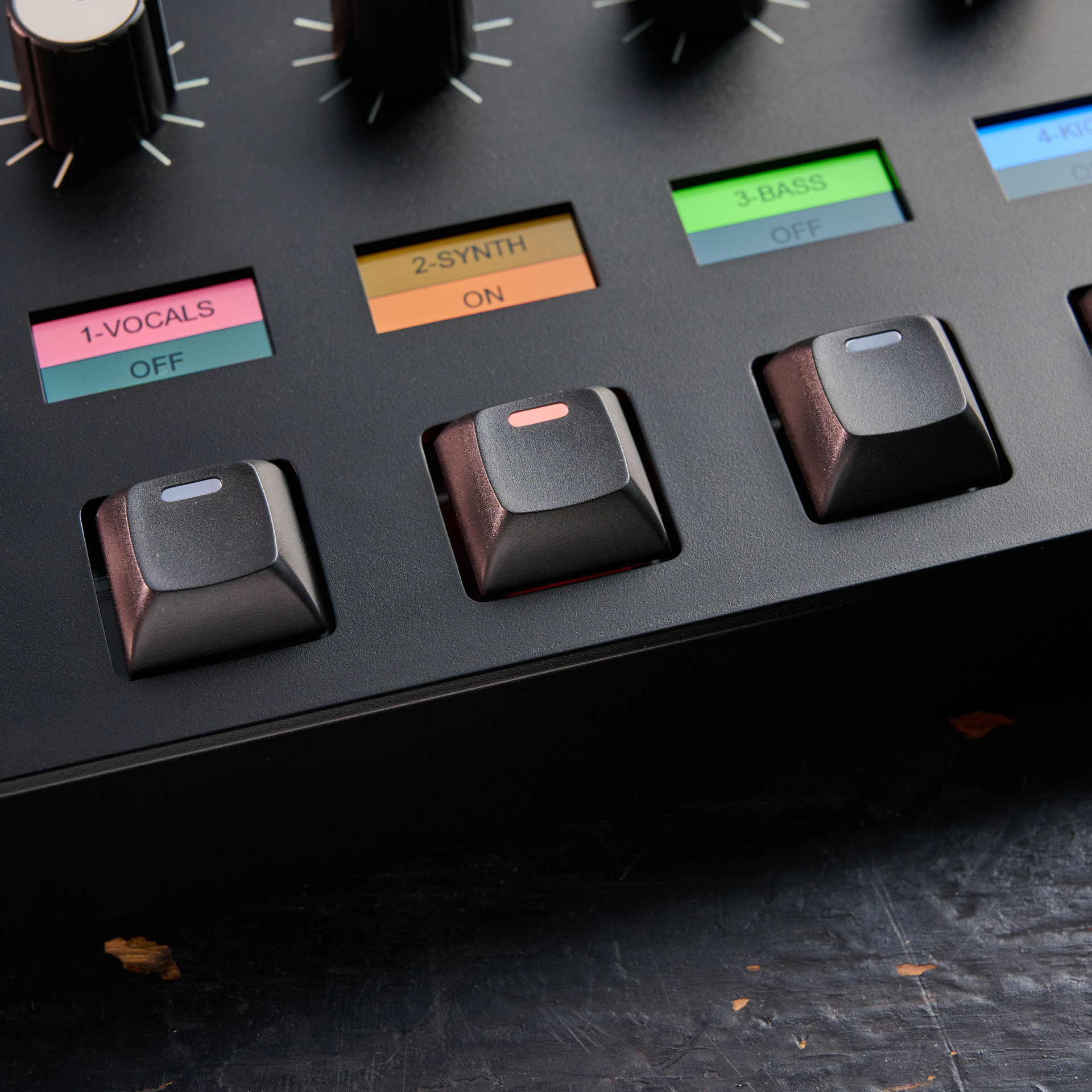
Next, in Plugin mode, the unit homes in on your selected track plugins and you can choose between multiple plugins on one track using the Sel button. We found that it was automatically set up with some of Live’s native plugins, but if not, it is incredibly easy to set controls up using the one-touch Learn button. Hit this, press a track button or dial, and simply move a control in the software. Within seconds we had Operator’s course and fine tune set up on dials one and two, with button one selecting its LFO type.
Do this just once and Roto-Control will automatically recall the assignments and settings you created when you call up the plugin on any channel. Undoing assignments is simply a matter of holding the Learn button and clearing each channel.
With third-party plugins, the process is slightly more complex in that you hit Configure in the plugin window and select which parameters you want to control, and then ‘Learn’ them with Roto-Control. It’s still easy but we did find some third-party plugins (NI, Fabfilter, Arturia) were more responsive than others (GForce). Still, when it works it is a do-once solution and very fast.
Another important Roto-Control point is that it makes writing (and writing over) and reading automation a breeze. This can be recorded once you have set up a parameter, and the unit will read existing automation data both from plugins and mix channels. One final feature in Plugin mode is that you can easily set up macros where one dial on Roto-Control will apply to several parameters on different plugins.
The last mode is MIDI, which we’ll cover rather quickly as it’s simply a way of using the unit to control external hardware gear, and you can get the unit to Learn in a similar way as the software described above, or via the app or specifying the MIDI CC value. All you also need to know is that it’s almost as straightforward to create a setup and you get 64 locations to store them in.
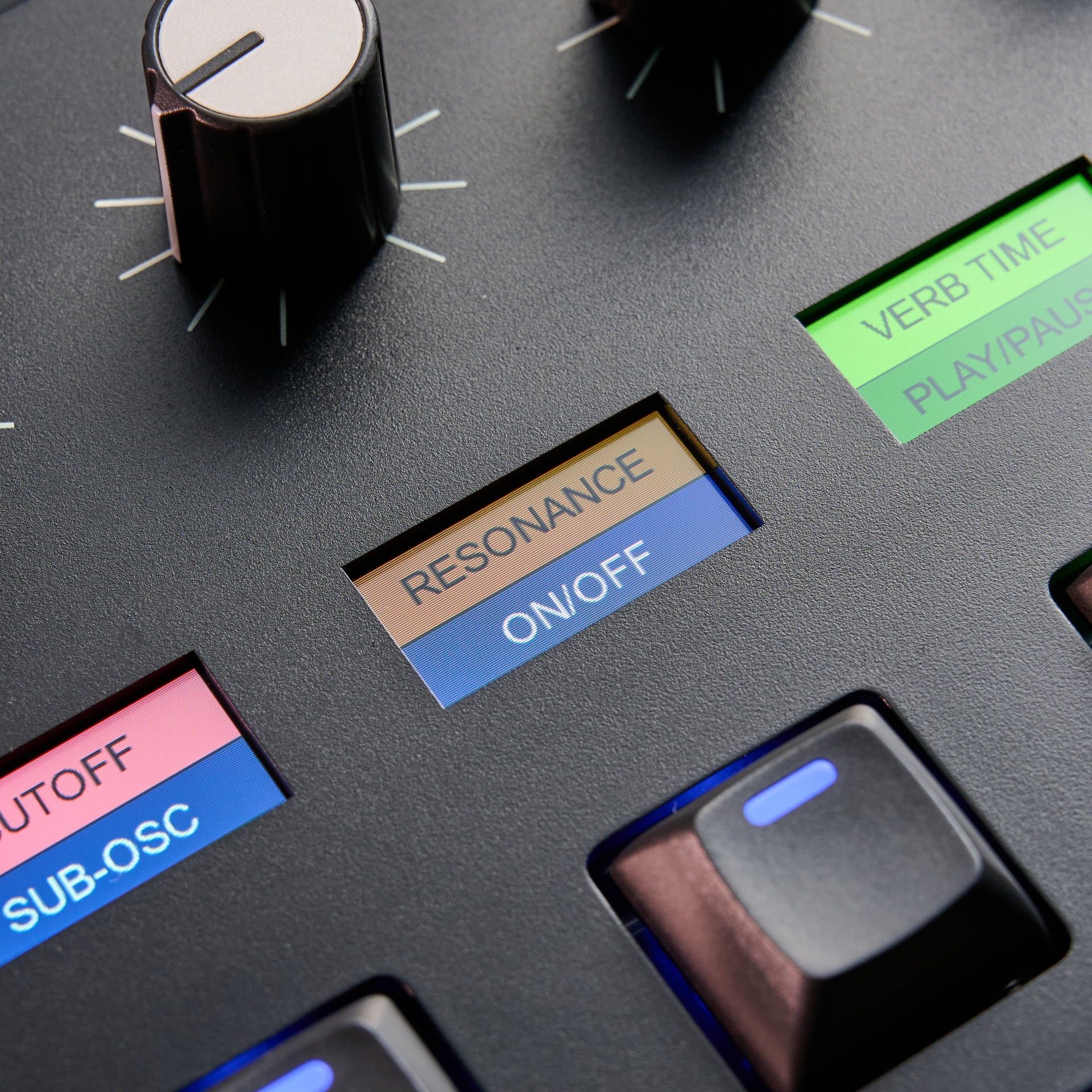
Other features
Perhaps the real highlights of Roto-Control are its haptic editing and Motion Recorder. With the latter, you can set it up to record automation across the first eight knobs over a certain number of steps (16, 32, 48 or 64) using Roto-Control as a slave or sending clock data out. Simply hit record and turn those dials and loop around to add more if you wish.
The haptic editing is also a bonus as you can change the range of each dial, the sensitivity and even the feel. Here you can add up to 16 steps, and labels for each step, so the knobs feel like they are stepping through parameters – great for selecting, say, filter types. It’s a very neat feature, although perhaps more ‘cake icing’ than a necessary ingredient.
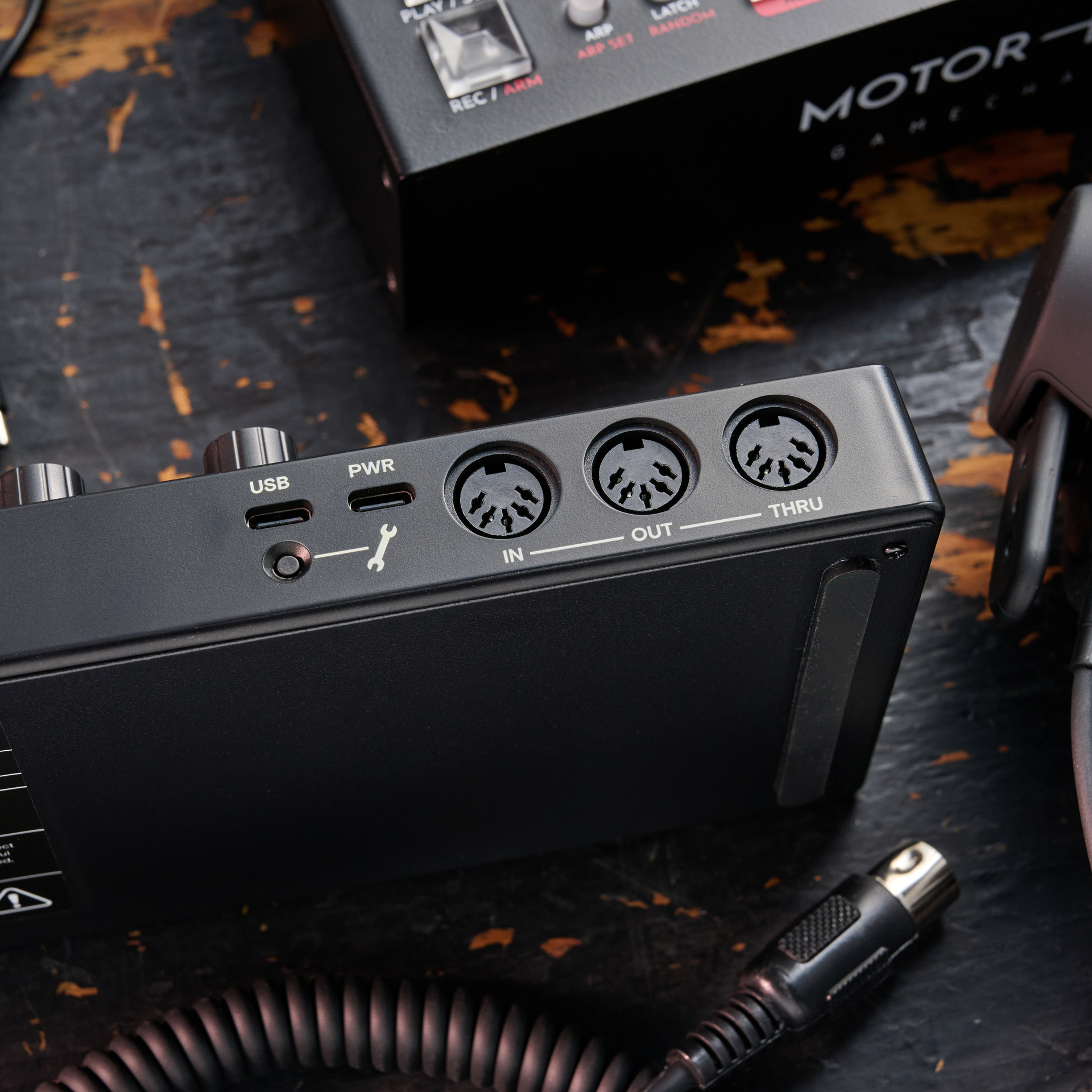
Verdict
That Roto-Control is currently skewed towards Ableton Live users is bad news for other DAW users, although because it clearly handles the many demands of that DAW it should easily be updatable for other DAWs. You could use it to ‘learn’ those other DAW commands yourself, although after some fiddling we were unable to get much out of Logic. However, the good news is that Melbourne Instruments has some big plans for other DAWs. “Bitwig is coming soon and we are working on other DAWs," Melbourne Instruments tells us. “There is a lot of demand for Cubase and Logic, and we are looking at these but we can’t give any specific dates at this time.”
However, as far as Live goes, this is as slick a controller as you can ask for in terms of mixer and plugin management, although it does lack instant clip control – very much Ableton Live’s ‘thing’ – so you will need to factor in an additional controller for that (simple clip launchers from the likes of Akai or Novation are cheap options here). Again, though, MI has this covered in a future firmware update ("sooner rather than later") and there are workarounds in MIDI mode.
Otherwise, Roto-Control is a sleek, reasonably-priced, and excellent compact controller that might be Live centric at the moment, but we can easily see it becoming a DAW favourite in the future, especially among laptop users. Check out future additions to this review as firmware updates become available.
Hands-on demos
MusicRadar

Melbourne Instruments

Alternatives
The ultimate Ableton Live controller doesn’t even need the software when used standalone, but is an expensive option.
Read the full Ableton Push 3 review
One for Cubase and Logic users, as CS12 threatens great DAW integration for those platforms and has a motorised fader for instant recall.
Find out more about Nektar Panorama CS12
Possibly the most advanced MIDI controller out right now – at least in terms of visual feedback – but an expensive one.
Read more about Electra One Mk2
A range of cheaper controllers including the Mini and One that use the Mackie HUI control standard which works – to some extent, at least – with most DAWs.
Read more about Behringer X-Touch
A range of motorised fader controllers (from one channel to 16) with universal DAW control and lots of features for the cash.
Read more about PreSonus FaderPort
Specifications
Type | Motorized fader controller set up for Ableton Live |
Key features | 8 x touch-sensitive motorized knobs; haptic feedback and instant parameter recall; 9 x high-res LCD (IPS) displays; 16 x backlit RGB LED buttons; connections: 2 x USB-C ports (data + Power), MIDI in/out/thru, 5-pin MIDI DIN, MIDI over USB; dimensions: 341mm x 112mm x 44mm; weight: 715g |
Requirements | Ableton Live 10 or higher for Mix and Plugin Modes; MIDI compatible hardware and/or software for MIDI Mode |
Contact |
Andy has been writing about music production and technology for 30 years having started out on Music Technology magazine back in 1992. He has edited the magazines Future Music, Keyboard Review, MusicTech and Computer Music, which he helped launch back in 1998. He owns way too many synthesizers.
You must confirm your public display name before commenting
Please logout and then login again, you will then be prompted to enter your display name.
“I parted company with my trusty Fender Strat, previously owned by Lemmy, and part exchanged it for a flute. It just looked nice and shiny!”: How Jethro Tull's Ian Anderson became rock’s leading one-legged flautist
“Sometimes I am two people. Johnny is the nice one. Cash causes all the trouble. They fight”: How Johnny Cash drew on his own experiences to make his greatest songs
“For those on the hunt for a great quality 12-string electro-acoustic that won’t break the bank, it's a no-brainer”: Martin X Series Remastered D-X2E Brazilian 12-String review
